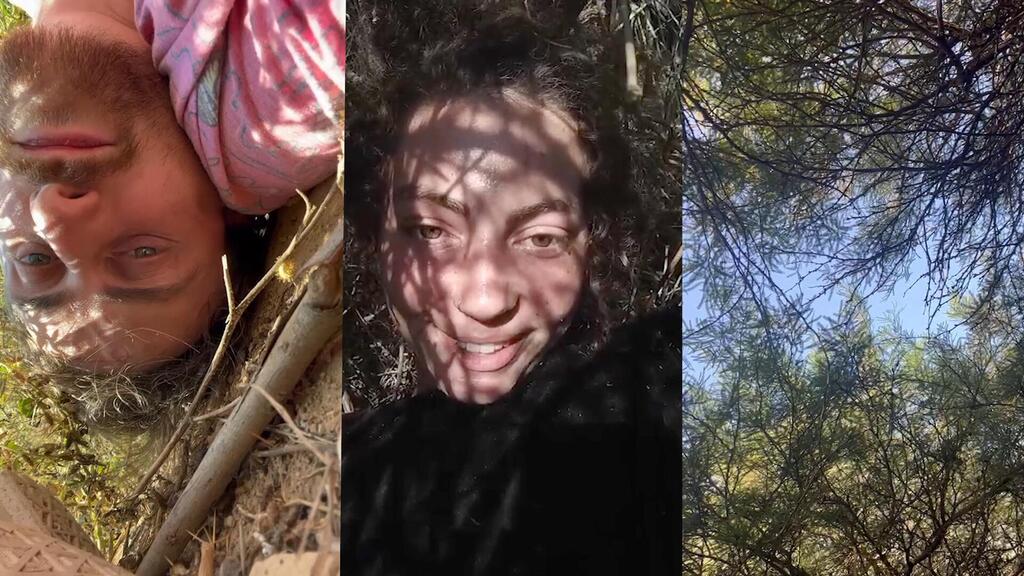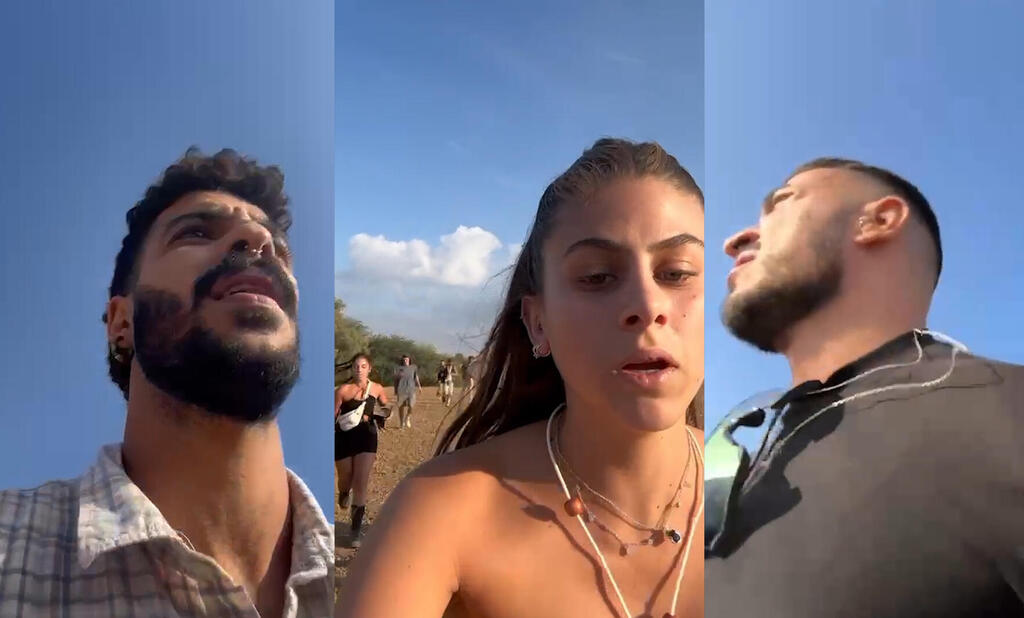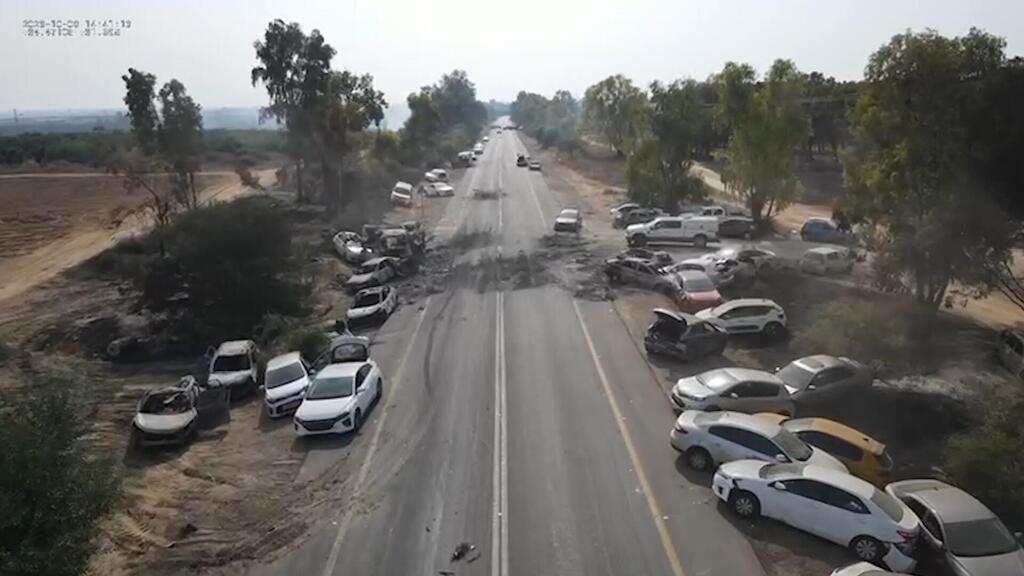The collective sense of trauma has been instilled into the minds of most Israelis upon watching the devastating images emerging from the killing fields of Be’eri, Kfar Aza, and other small communities surrounding the strip. The two subsequent months have taught the nation quite a bit. Perhaps one of those unsung skills is the importance of regulating our consumption of content, as the massacre and the war that followed has saturated us with so much digital content, it was genuinely difficult to ascertain the veracity of each clip, image, or message that flooded our screens.
Read more:
There was an equilibrium to be found between wanting to stay updated with the latest pertinent details and consuming so much of it that it could inflict irreparable damage on our psyche.
The latest domestically-made documentary, called #NOVA, deals with the events of that wretched Saturday. This is no second-hand testimony feast, but rather 212 video clips captured on-site, many of which we would never have been able to be acquainted with short of GoPros and smartphone footage that has long been pervasive in our everyday lives. This movie is the brainchild of Dan Pe’er, who found himself volunteering in Tel Aviv right as the war was getting underway, during the course of which, he was exposed to so much recorded content, he gathered all of it and edited what promises to be the most riveting, nail-biting, and revolting footage ever made.
This includes recorded phone conversations, video clips, and WhatsApp correspondence of those who found themselves running for their lives at the Nova Music Festival, when hundreds of armed Hamas terrorists stormed the venue with automatic weapons, butchering as many as they could.
As one might expect, the movie is introduced with what for many could constitute a much-needed disclaimer, as many will not have the stomach to watch scenes so graphic and vile, it would make the most hardened feel shaken to their core.
The events depicted are chronologically arranged, including the preparation for the party, highlights from the party itself, and the very first moments attendees felt something was wrong, barrage of rockets and all. Then, of course, came the massacre itself.
The stampede was as chaotic and disorganized as one might expect, people instinctively running away from the shooting, not knowing they were headed toward an additional group of armed terrorists.
3 View gallery


People filming themselves hiding from terrorists
(Photo: Courtesy of Yes broadcasting)
The footage additionally contains first-person videos of the terrorists themselves, filled with murderous rage and the overwhelming desire to inflict unspeakable damage upon innocent civilians.
Watching this movie, start to finish, is not for the faint of heart. Youngsters crying to their parents, the parents' helplessness as they were forced to listen to their children being hunted down... It's the very definition of gut-wrenching.
And that very helplessness leaves some impossibly heavy questions - Where was the army? Where was the police? How did those terrorists gain that sort of access to begin with? This is by no means the first massacre to ever occur, but quite possibly it's the most extensively documented one.
Two months is not a particularly long stretch of time to digest an event of this magnitude, and first-hand video clips from the scene itself don't occur very often, which marks this movie as somewhat ahead of its time. The events are still replaying in our heads, never mind the news and social media feeds.
This isn't even close to being over, as people are still struggling in hospital beds and most of those abducted are still in captivity inside the enclave, exact whereabouts unknown.
In some ways, this movie stands as one of the most efficient advocacy documents in the fight against Hamas misinformation and antisemitism in general. In a trial, this would be a slam dunk piece of evidence for the prosecution, seeking a guilty verdict for Hamas and the proper restitution for its own clients. In this case - The Israeli people.




